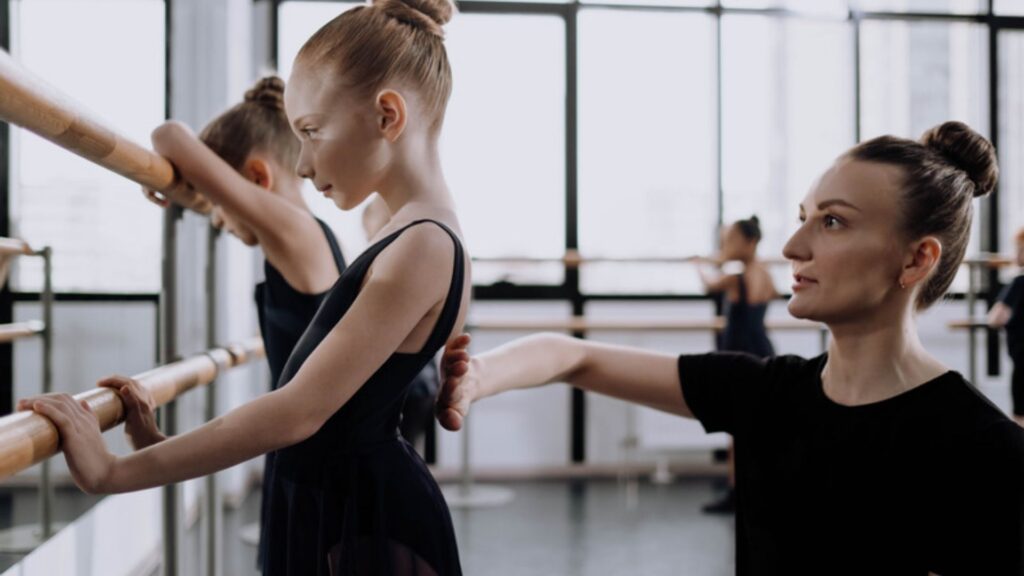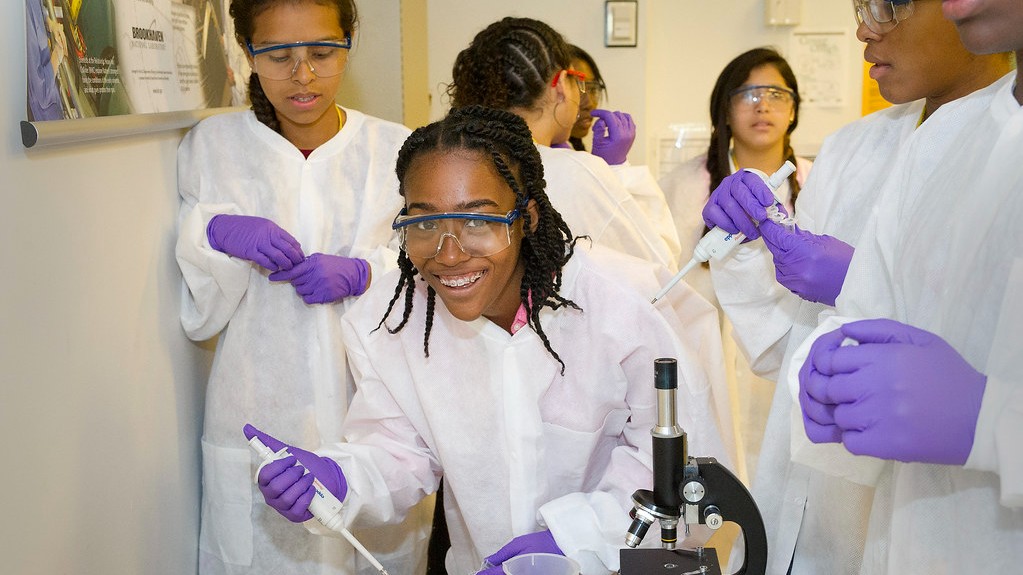Teaching Coding To Students Through Dance
A dance organization is fostering a love for STEM and coding through the power of dance and the movement of the body.

Movement not only gets the blood flowing, but also helps brain activity. For years now educators have been utilizing the power of dance to enhance students’ understanding of mathematical concepts. Now, one Philadelphia teacher is taking these dance steps even further and using the art form to teach students coding.
The founder of DanceLogic, Betty Lindley, recognized the lack of women, and especially black women in science, technology, engineering, and math (STEM) fields. In order to combat this disparity, she partnered with a Comcast engineer in 2018 to design a program more suited to feminine learning styles. Fuzing coding patterns with the repetitive movements of dance routines became a breakthrough method for teaching girls coding that increases interest from a different pool of potential STEM workers.
STEM jobs are growing. They are lucrative fields with much potential for career success. In 2021 34% of American jobs were made up of STEM components. As of spring 2022, the National Girls Collaborative Project found that women made up 48% of the workforce but only 34% of STEM workers, and this is an increase from previous years. In addition, racial minorities only make up 23% of STEM workers, and so a need for programs like DanceLogic’s coding fusion style is apparent.
DanceLogic serves mostly black girls at the West Park Cultural Center. It is funded through grants and donations, and the majority of the girls enrolled are allowed to dance for free. This group of students aged 12-18 meet once a week and focuses on patterned choreography, then after getting their dances down they move into a coding class to connect the various similarities between dance patterns and coding language patterns.
Since the program’s creation, students have gained more interest in coding and are enjoying STEM concepts that they didn’t fully understand from traditional lessons. Giving back to the community is a core element of this program, and so students also tend to become role models and positive community leaders who mentor other new girls. Not only has the program improved many participants’ math scores in school, but one student even created her own coding curriculum to teach younger children at her neighborhood library.
The need for math and coding lessons has grown as the technological age expands throughout society. While some students still don’t even know exactly what STEM is, underrepresented students are being reached through similar programs. Some schools are partnering mentors with middle school and high school students to afford them much-needed one-on-one instruction. Others are offering STEM-centered summer camps to boost students’ understanding and interest in STEM and coding concepts.

All of these efforts are working to prepare students for the future. Whether having fun with STEM lessons during week-long summer camp activities, getting personalized instruction from a private tutor, or even learning to code through dance routines, students are getting educated in technological fields that are dominating job markets. The more students connect to these lucrative options, the more likely they are to succeed in adulthood and that’s something that everyone can benefit from.



